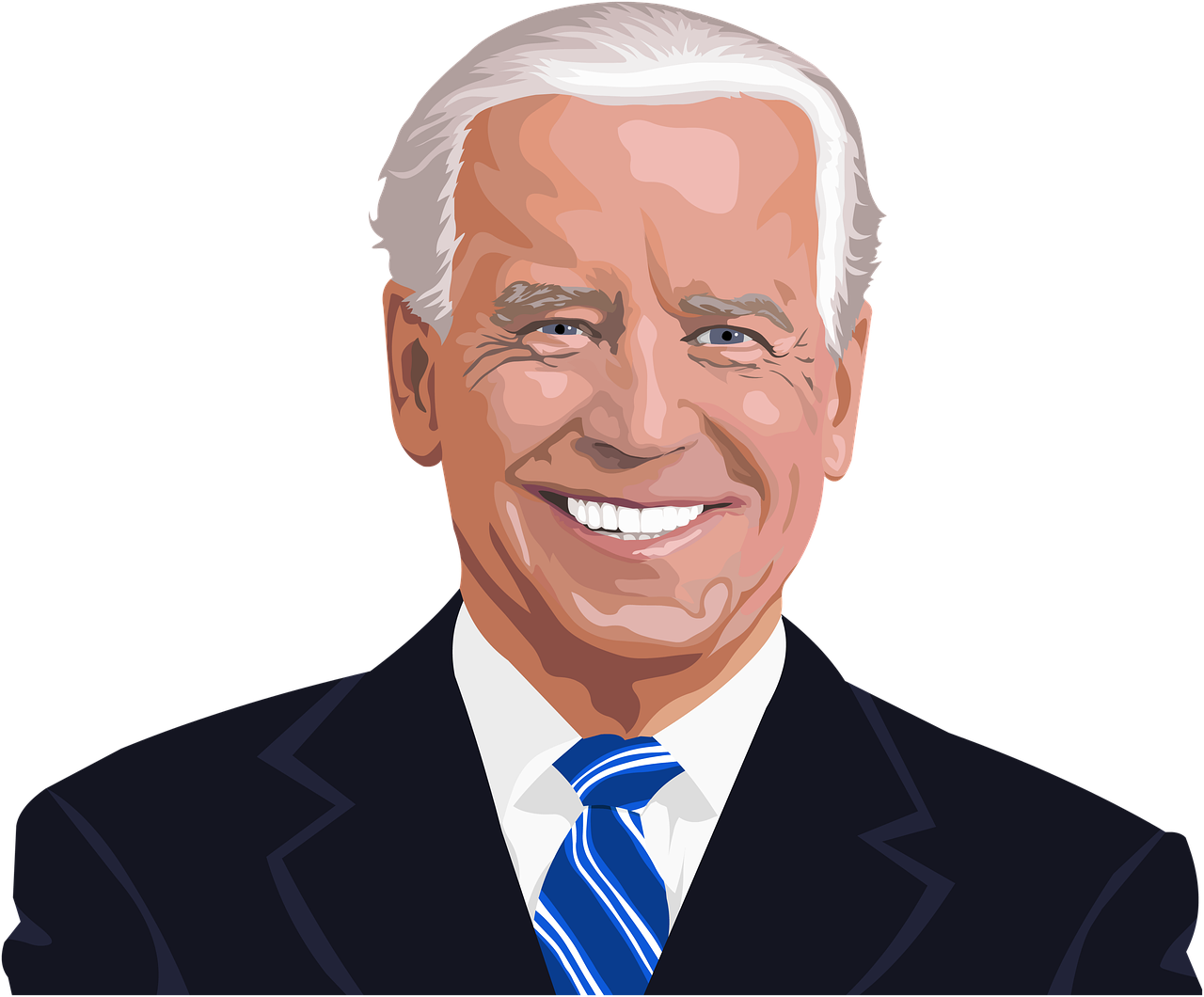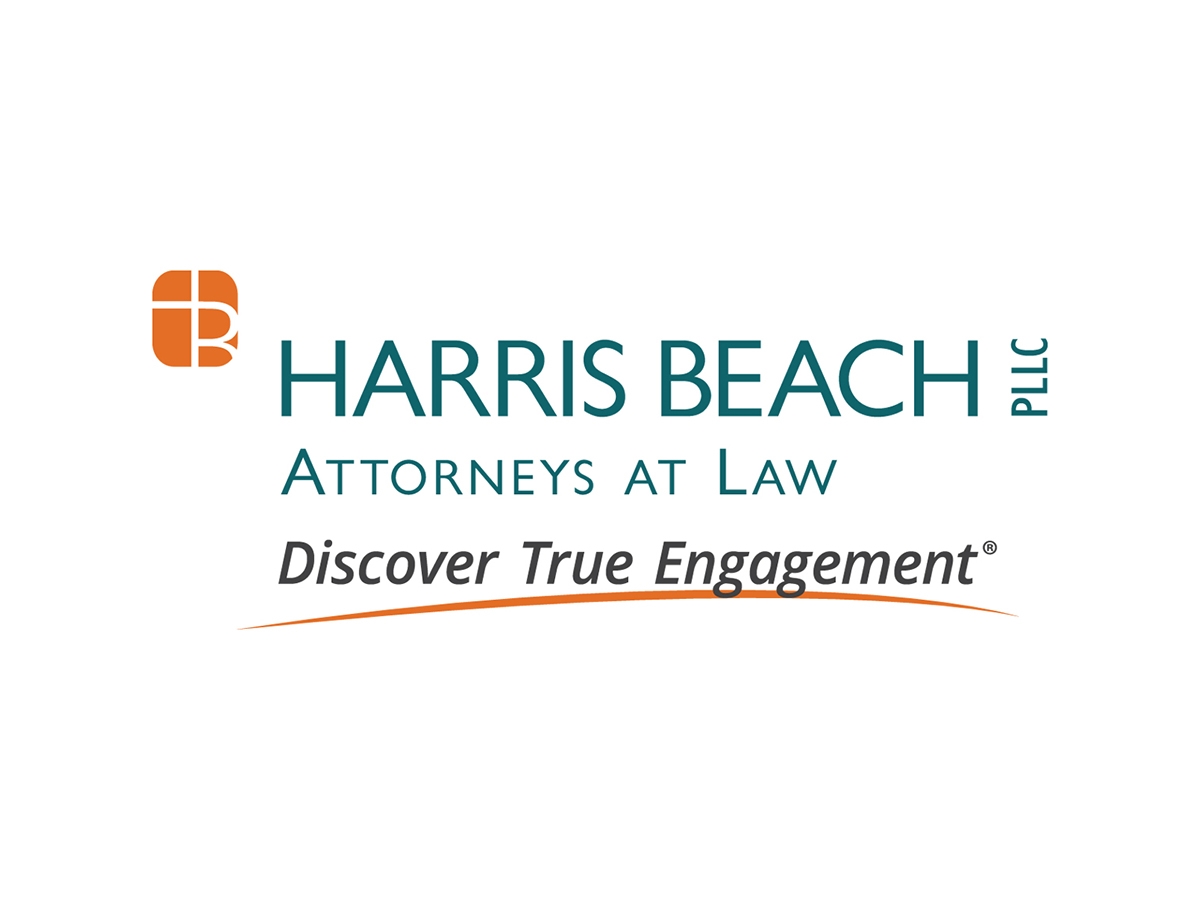From PHOSITA to THOSITA to AI
“Obviousness has seen many peaks and valleys since Hotchkiss v. Greenwood… Such variations are to be expected in the long term of renegotiations of the great bargain of the patent system responding to changed circumstances of technology, commerce and politics.”
The 1952 U.S. Patent Act’s section 103 takes a pass at overcoming hindsight bias by positing a hypothetical Person Having Ordinary Skills In The (relevant) Art, i.e. a PHOSITA. It took 13 years thereafter for the Supreme Court to breathe life into PHOSITA in the Graham v. John Deere, 363 U.S. 1 (1966) Trilogy, and in another 41 years it adjusted the barriers of a U.S. Court of Appeals for the Federal Circuit (CAFC) diversion of teaching, suggestion or motivation (TSM) requirements for detection of non-obviousness in KSR Int’l Co. v. Teleflex, 550, U.S. 398 (Fed. Cir. 2007). In the middle of that evolutionary path, the newly minted CAFC under the 1982 Federal Courts Improvements Act addressed the PHOSITA qualifications in Environmental Designs Ltd. v. Union Oil Co., 213 F.2d 693 (Fed. Cir. 1983) with the criteria of education, experience, trends of innovation in the relevant art and objective (secondary) evidence, followed by several other cases trying to refine the Environmental Designs rubric.
THOSITA
From time to time in that progression, there was passing recognition that the article “a” applied to PHOSITA can be a single person or multiple person team of members with diverse skills and experience working cooperatively as a Team Having Ordinary Skill In The (relevant) Art(s), i.e. a THOSITA. The T for team can also include, in addition to persons, Tools of innovation, including established scientific truths from the Periodic Table to mRNA, measurement instruments, and last but not least, artificial intelligence (AI) with present imperfections, but by definition, having the means to overcome those imperfections over time.
The THOSITA concept has been acknowledged from time to time, e.g. in 2011 and 2012 Patently-O blog posts by Professor Dennis Crouch of Missouri (aka Mizzou) University School of Law. Professor Crouch included the caveat that obviousness is not designed around “skilled inventors” but rather a skilled craftsman of ordinary skill. But revisiting it in light of 2024 realities, adding the resources of team and tools, the level of ordinary skill can grow, particularly in evidence-backed and well-reasoned instances.
There is also a very long background history of invention in many instances as more-perspiration-than-inspiration as articulated by Thomas Edison and shown in his proof of the point by testing 1600 filament candidates before alighting (no pun) on effective ones for a long- lasting light bulb. This led to advancement in lighting up cities by Edison’s DC system backed by J.P. Morgan and the AC superior alternative systems promoted by Edison’s former employee Nikola Tesla, with backing from George Westinghouse. The perspiration path is codified in the last sentence of 35 U.S.C. §103(a): Patentability shall not be negated (fka “negatived”) by the manner in which the invention was made. When AI ultimately achieves sentience (as surely it will) it will sweat, but not as profusely as Edison’s team. The proposition of PHOSITA having access to all (relevant) prior art (“the Winslow tableau”) was set forth by none other than the esteemed Judge Giles Rich during his CCPA tenure in Application of Winslow, 365 F.2d 1017 (C.C.P.A. 1966):
We think that the proper way to apply the 103 obviousness text to a case like this is first picture of the invention working in his shop with the prior art references — which he is presumed to know – hanging on the walls around him.
Ironically, 1966 was the year of the Graham trilogy, a long-awaited clarification for Judge Rich and colleagues seeking a guardrail against hindsight bias.
Decades later, Professor Crouch commented in a October 13, 2013, blog post: “I wonder if today, the analysis would begin with a Google’s search engine that had indeed indexed the prior art references?” Some doom-sayers predict inevitable obviousness of all claimed inventions in a world of teams and tools, including AI. But, to the contrary, the elevated persons’ (teams’) skills will raise the bar to some degree but not beyond achievement of ever better patented inventions, properly respected and protected.
No part of the Graham v. John Deere model for declaring obviousness or not should be neglected – not the invention as a whole, nor prior art, nor PHOSITA/THOSITA/AI capabilities, nor objective evidence (mislabeled as “secondary” evidence) when in the record and meeting a demanding test of proper nexus to the claim at issue. Obviousness has seen many peaks and valleys since Hotchkiss v. Greenwood, 52 U.S. 242 (1850). Such variations are to be expected in the long term of renegotiations of the great bargain of the patent system responding to changed circumstances of technology, commerce and politics. The recalibration of PHOSITA/THOSITA/AI will affect not only obviousness or not of utility patents, but also of design patents, recently roughly aligned with utility patents, and also, issues of definite claiming, claim construction, written description, enablement/predictability. While AI is presently hampered by a very low signal-to-noise ratio, that flaw can be reduced by AI itself after this present proprietary-rights-on-data kerfuffle is resolved.
The Arc of the Future
The best way to predict the arc of the future is to review the history well told by a long law review article: George M. Sirilla, 35 U.S.C. §103 From Hotchkiss to-Hand-to-Rich, The Obviousness Patent Law Hall-of-Famers, 32 JOHN MARSHALL L. Rev. 437-512 (1999). Note particularly a very long footnote 423 at pages 527-528 including the effect of Judge Rich’s Kettering address described in John Witherspoon’s Turning the Corner – A Tribute to Giles Sutherland Rich, 76 PAT, TRADEMARK OFF. SOCIETY 332, 336-37 (1994) and ending with the sentence: “An interesting anecdote describing how the clerk of Justice Clark learned about that (Kettering) address from a patent law course taught by Tom Arnold” [and reiterated in amici briefs], appears in the book by Donald S. Chisum, PRINCIPLES OF PATENT LAW (1998) at (pages) 566-68.
The Graham decision was rendered in 1966 by Justice Tom Clark, whose law clerk was a former student of Adjunct Professor Tom Arnold at Houston Law School. Professor Arnold knew in advance of the impending clerkship and told the class urgently to read Judge Rich’s 1964 Kettering Award speech in preparing for the final exam of their patent class. Section 103 (along with much more of the 1952 Act) was the product of a drafting committee of Giles Rich, then a prominent New York patent lawyer, Tom Arnold, then a Justice Department lawyer and later, a prominent patent litigator in Texas, and Paul Rose, as in-house chief patent attorney of Union Carbide, all assisted by Henry Ashton of Fish, Richardson and Neave, the AIPLA President; and the revered Pasquale (Pat) J. Frederico, a USPTO policy leader and teacher to examiners and a virtual archaeologist of patent law. These hall-of-fame pioneers would approve the latest evolution trend now in progress for section 103 but would deplore the reappearance of the meaningless concept of inventiveness, (reformed in the 1952 act sections 103 and 112(b) as invention and in the 2011 America Invents Act as “claimed invention” to reinforce the 1952 intent) to pollute section 101 in recent years.
Image Source: Deposit PhotosAnSim
Author: AnSim
Image ID: 137581264






